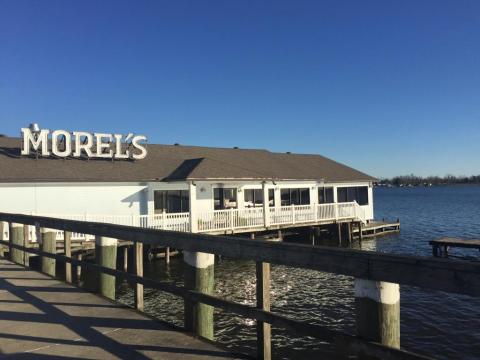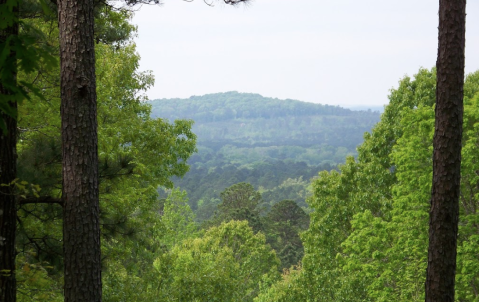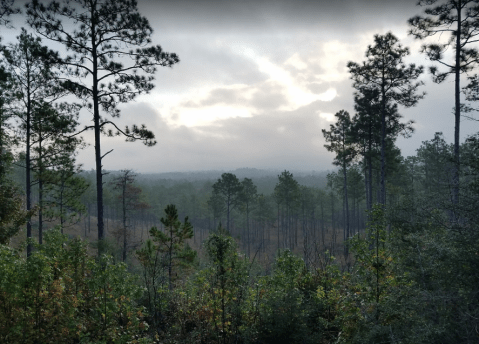Visit The Lake Chicot Loop Trail In Louisiana For A Beautiful Waterside Springtime Hike
Springtime in Louisiana is the perfect time to lace up those sneakers and set off on an outdoor adventure. The Pelican State has countless hiking trails that are just waiting for you to explore, but there’s one, in particular, that’s a picture-perfect springtime hike. Located in the Chicot State Park, the Lake Chicot Loop Trail might just be the most beautiful waterfront trail in Louisiana, and you’re going to love it.
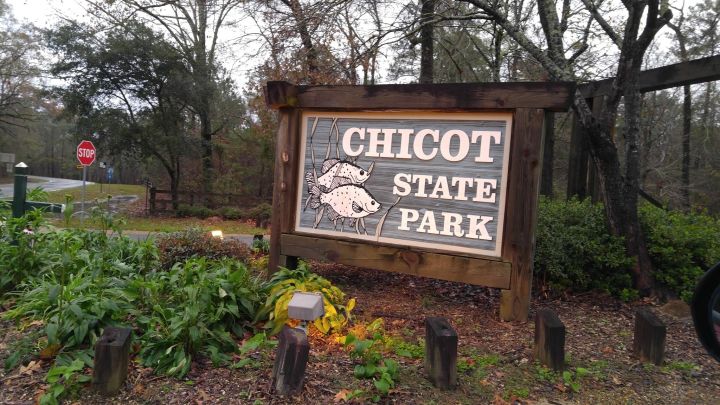
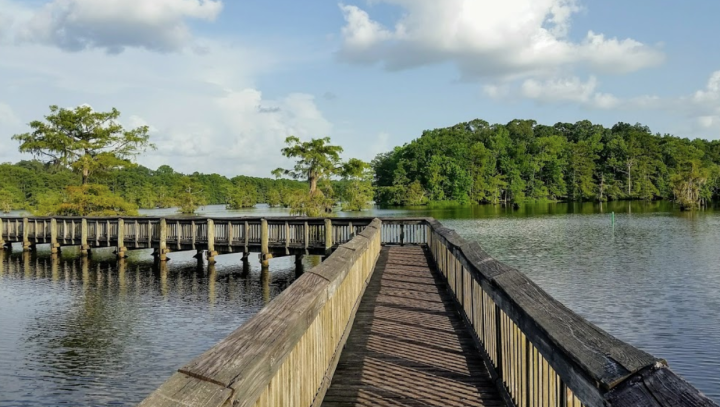
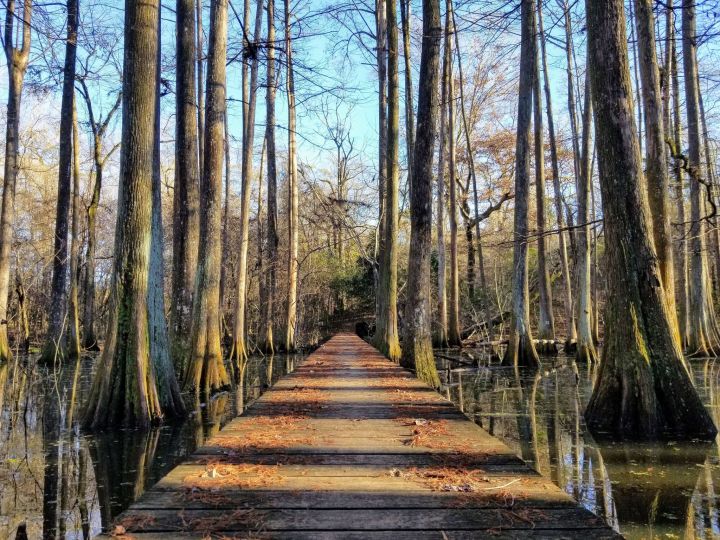
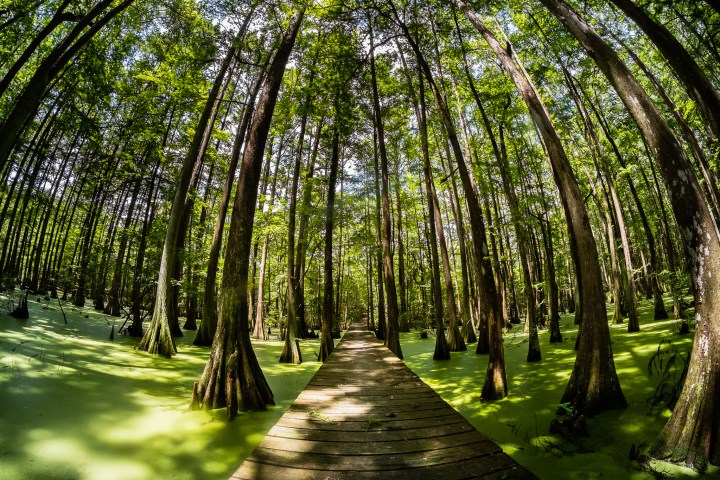
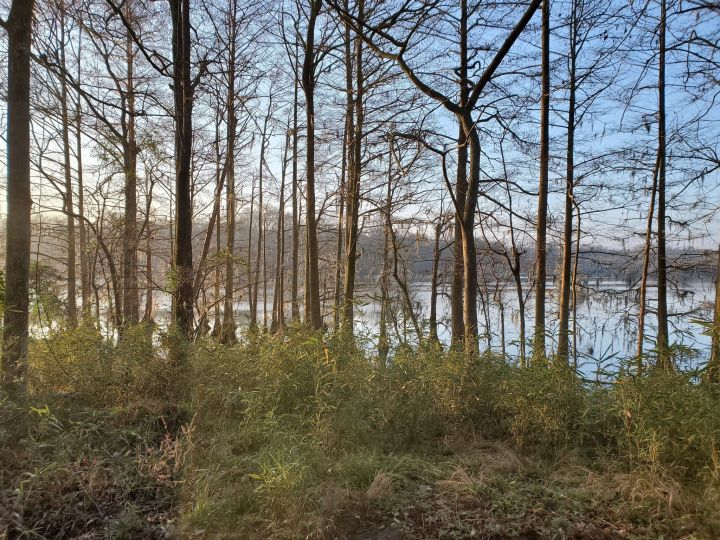
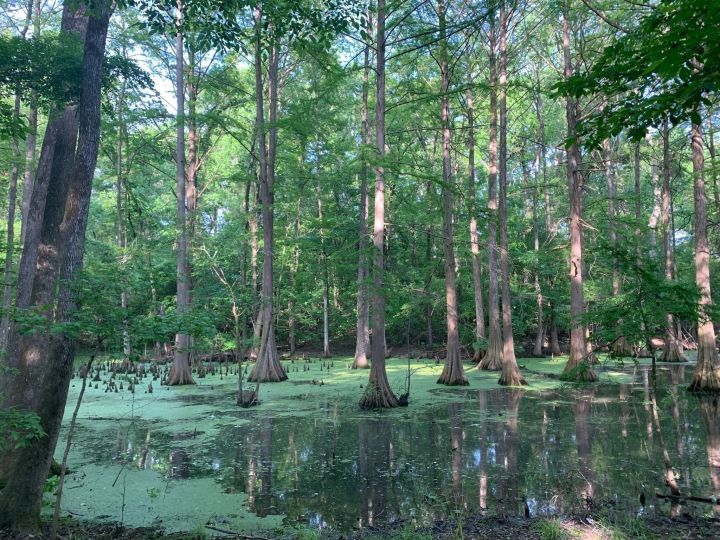
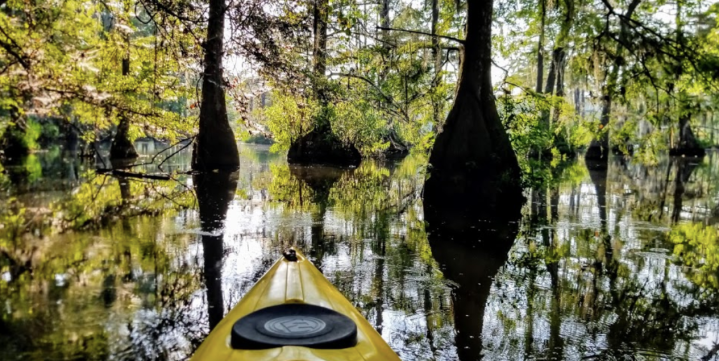
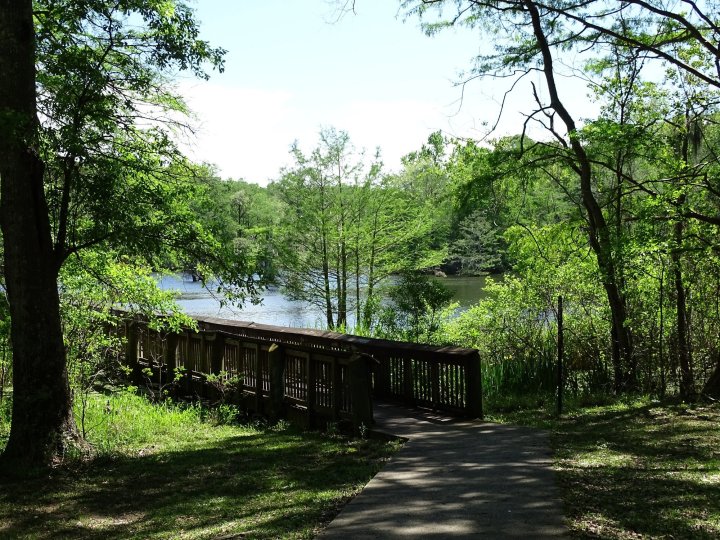
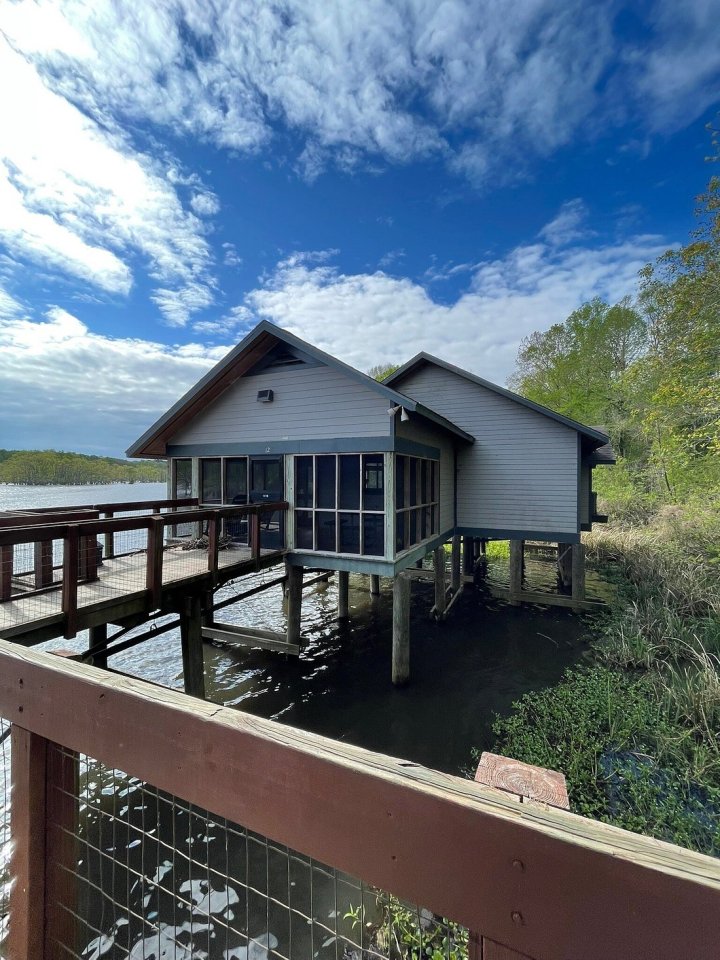
If you’re looking to reserve a cabin or learn more about Chicot State Park, check out their website and give them a follow on Facebook.
Have you ever hiked the Lake Chicot Loop Trail or explored the state park? Share your experience with us in the comments below!
If you’re a ways away from Chicot State Park, don’t worry. There are plenty more spectacular spring hikes in Louisiana to choose from! Grab a GPS app to help discover even more unique places to explore in our state!
18 Best Hikes in Louisiana: The Top-Rated Hiking Trails to Visit in 2024
OnlyInYourState may earn compensation through affiliate links in this article. As an Amazon Associate, we earn from qualifying purchases.
More to Explore
Lake Chicot Loop Trail
What are some must-see historical sites in Louisiana?
Add some history to your LA hiking explorations! Louisiana's most fascinating historical sites offer glimpses into forgotten (and unforgettable) parts the state's past, from its colonial roots to its role in shaping American history. Whether exploring antebellum plantations, strolling through historic neighborhoods, or delving into museum exhibits, visitors can immerse themselves in the fascinating stories of the Pelican State. Just a few must-see historic sites in Louisiana include:
- Cane River Creole National Historical Park, Natchitoches: This unique historical park preserves the cultural landscape of the Cane River region. Visit multiple historic plantations, including Melrose Plantation and Oakland Plantation.
- Fort Jackson, Buras: Discover the history of Fort Jackson, a 19th-century coastal defense fort located along the Mississippi River. Explore the fort's ramparts, cannons, and exhibits on Louisiana's military history.
- French Quarter, New Orleans: Explore the iconic French Quarter, known for its well-preserved 18th-century architecture, narrow streets, and vibrant culture. Highlights include Jackson Square, St. Louis Cathedral, and historic buildings like the Pontalba Apartments.
- Houmas House Plantation, Darrow: Experience the grandeur of Houmas House Plantation, known as the "Crown Jewel of Louisiana's River Road." Tour the lavish mansion, stroll through the lush gardens, and enjoy Southern hospitality.
- Jackson Square, New Orleans: This is a historic park in the heart of New Orleans, where you can see the iconic St. Louis Cathedral, the Cabildo, and the Presbytere, which are all part of the Louisiana State Museum. Jackson Square was also the site of the Louisiana Purchase transfer in 1803.
- Laura Plantation, Vacherie: Learn about Creole culture and the lives of enslaved people at Laura Plantation. Guided tours provide insights into the plantation's history, architecture, and the stories of the families who lived there.
- Louisiana’s Old State Capitol, Baton Rouge: This is a Gothic Revival building in Baton Rouge that served as the state’s capitol from 1849 to 1932. It was also the site of a Civil War siege and a famous speech by Mark Twain. The building now houses a museum of political history.
- Nottoway Plantation, White Castle: Visit Nottoway Plantation, the largest remaining antebellum mansion in the South. Tour the grand mansion, stroll through the lush grounds, and learn about the history of the sugar plantation.
- Oak Alley Plantation, Vacherie: Step back in time at Oak Alley Plantation, famous for its stunning quarter-mile canopy of live oak trees. The antebellum mansion offers guided tours that delve into the history of slavery and plantation life.
- Poverty Point World Heritage Site: This is a prehistoric earthwork complex in northeastern Louisiana that dates back to 1650-1100 BC. It consists of six concentric ridges, several mounds, and a plaza, and is considered one of the oldest and largest monuments of its kind in North America.
- St. Louis Cemetery No. 1, New Orleans: Wander through St. Louis Cemetery No. 1, one of New Orleans' oldest and most famous cemeteries. Discover the elaborate above-ground tombs and learn about the city's unique burial traditions.
- The Whitney Plantation, Wallace: This is a historic plantation in St. John the Baptist Parish that was founded in 1752. It is the only plantation museum in Louisiana that focuses on the lives of enslaved people. You can see the original slave cabins, the Big House, the church, and the memorials dedicated to the enslaved.
- WWII Museum, New Orleans: Explore the National WWII Museum, which offers a comprehensive look at the American experience during World War II. Exhibits, artifacts, and interactive displays provide insights into the war's impact on Louisiana and the nation.


